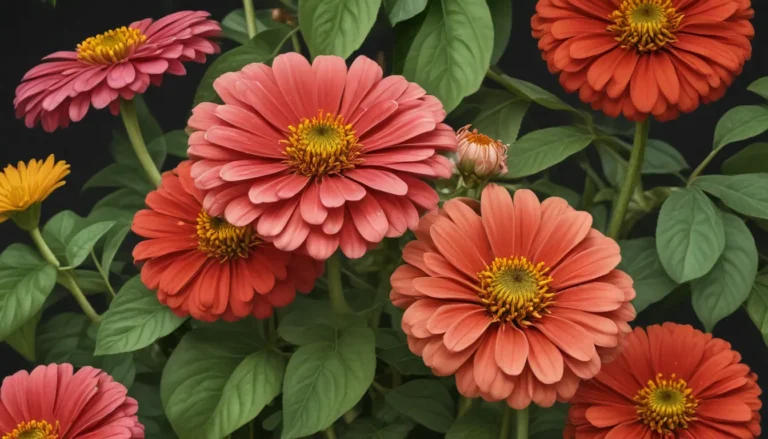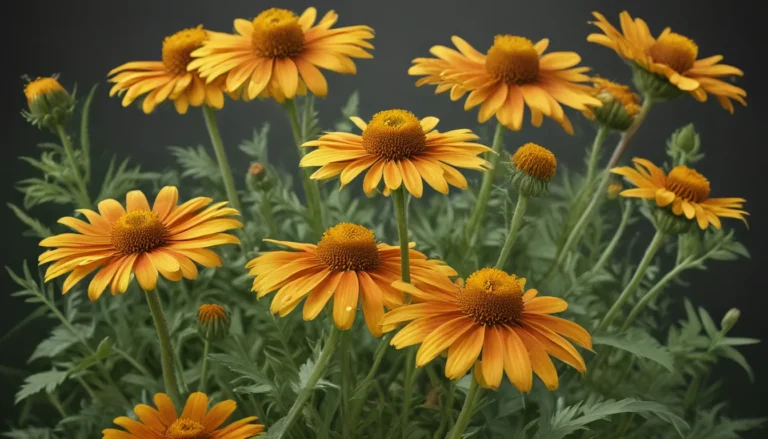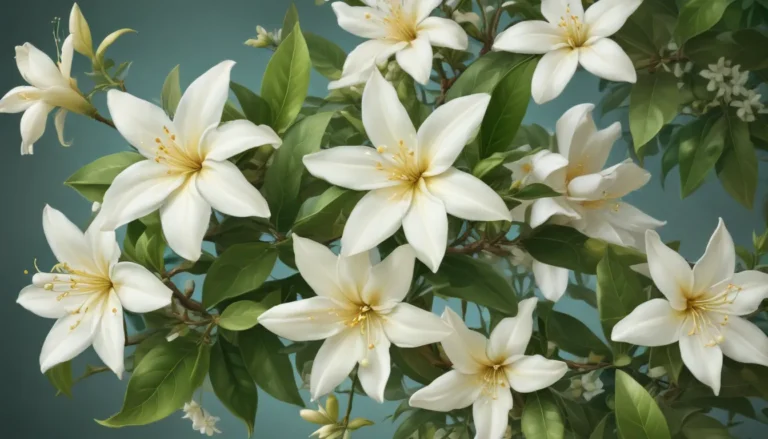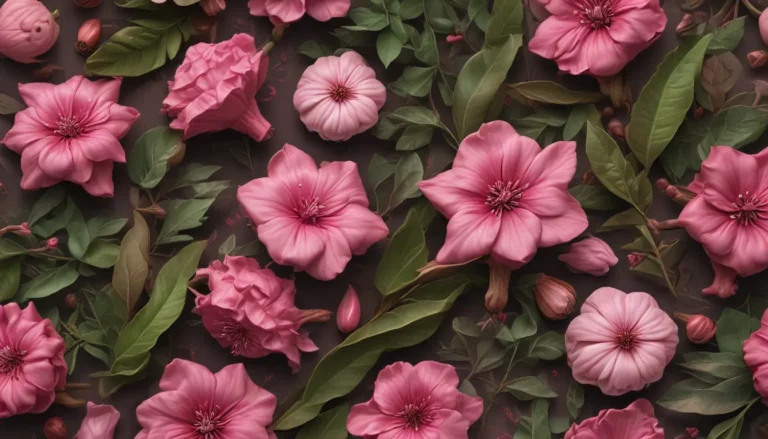The pictures we use in our articles might not show exactly what the words say. We choose these pictures to make you interested in reading more. The pictures work together with the words but don’t take their place. The words still tell you the important facts.
Are you mesmerized by the vibrant orange and black spotted flowers of the Leopard Lily? This strikingly beautiful flowering plant, scientifically known as Belamcanda chinensis, belongs to the Iris family and hails from East Asia. Its unique characteristics and alluring blooms have captivated gardeners and plant enthusiasts worldwide.
Join us on a journey into the enchanting world of Leopard Lily as we uncover 17 intriguing facts about this captivating plant. From its historical significance to its medicinal properties, we will explore the various facets that make Leopard Lily a beloved botanical species. Whether you're a seasoned gardener or simply curious about the wonders of nature, these facts will deepen your understanding and appreciation of the beauty and diversity that the natural world offers.
Delving into the Allure of Leopard Lily
The Leopard Lily, also known as Iris domestica, is a visually stunning flower native to the forests of China and Japan. Its unique leopard-like spots on the petals give it an enchanting appearance that is sure to catch the eye.
In Chinese culture, the Leopard Lily symbolizes strength and resilience, believed to bring good fortune and ward off evil spirits. Its vibrant colors are associated with happiness and joy, adding a touch of positivity to any setting.
A Beacon for Pollinators
Leopard Lily's nectar-rich flowers and distinct fragrance are a magnet for pollinators such as bees and butterflies. By attracting these beneficial insects, the plant aids in the pollination process, contributing to biodiversity and the health of ecosystems.
Unveiling Medicinal Properties
Traditional herbal medicine has long utilized various parts of the Leopard Lily plant for their anti-inflammatory and antipyretic properties. Its rhizomes and leaves have been used to treat a variety of ailments, showcasing the plant's versatility beyond its ornamental value.
Cultivating Leopard Lily
For gardeners seeking to introduce a touch of exotic beauty into their outdoor spaces, Leopard Lily is a versatile and low-maintenance choice. Thriving in partial shade, this perennial plant blooms from late spring to early autumn, providing months of vibrant colors for the garden.
Ripe with Symbolism
The Leopard Lily embodies beauty and grace, symbolizing resilience, courage, and adaptability in many cultures. Its elegant appearance and ability to thrive in diverse environments make it a cherished symbol of nature's wonders.
FAQs: Your Gateway to Leopard Lily Knowledge
- Scientific Name: Belamcanda chinensis
- Growing Requirements: Well-draining soil, full sun to partial shade, moderate watering, USDA hardiness zones 5-10
- Wildlife Attraction: Birds, bees, and butterflies are drawn to Leopard Lilies' colorful flowers.
- Container Cultivation: Yes, with ample space for rhizome spread, sunlight, and water.
- Toxicity: Leopard Lilies are toxic if ingested by humans or animals.
- Symbolism: Strength, courage, beauty, and adaptability.
- Medicinal Uses: Anti-inflammatory, antipyretic, diuretic properties.
- Reproduction: Via rhizomes, division, or seeds.
- Height: Up to 3-4 feet tall.
- Drought Tolerance: Moderate, prefers moist soil for optimal growth.
Before you embark on your Leopard Lily gardening journey, dive into these 17 intriguing facts to deepen your appreciation for this enchanting plant. Embrace the beauty, history, and resilience embodied by Leopard Lily as you explore the wonders of nature's botanical treasures.






